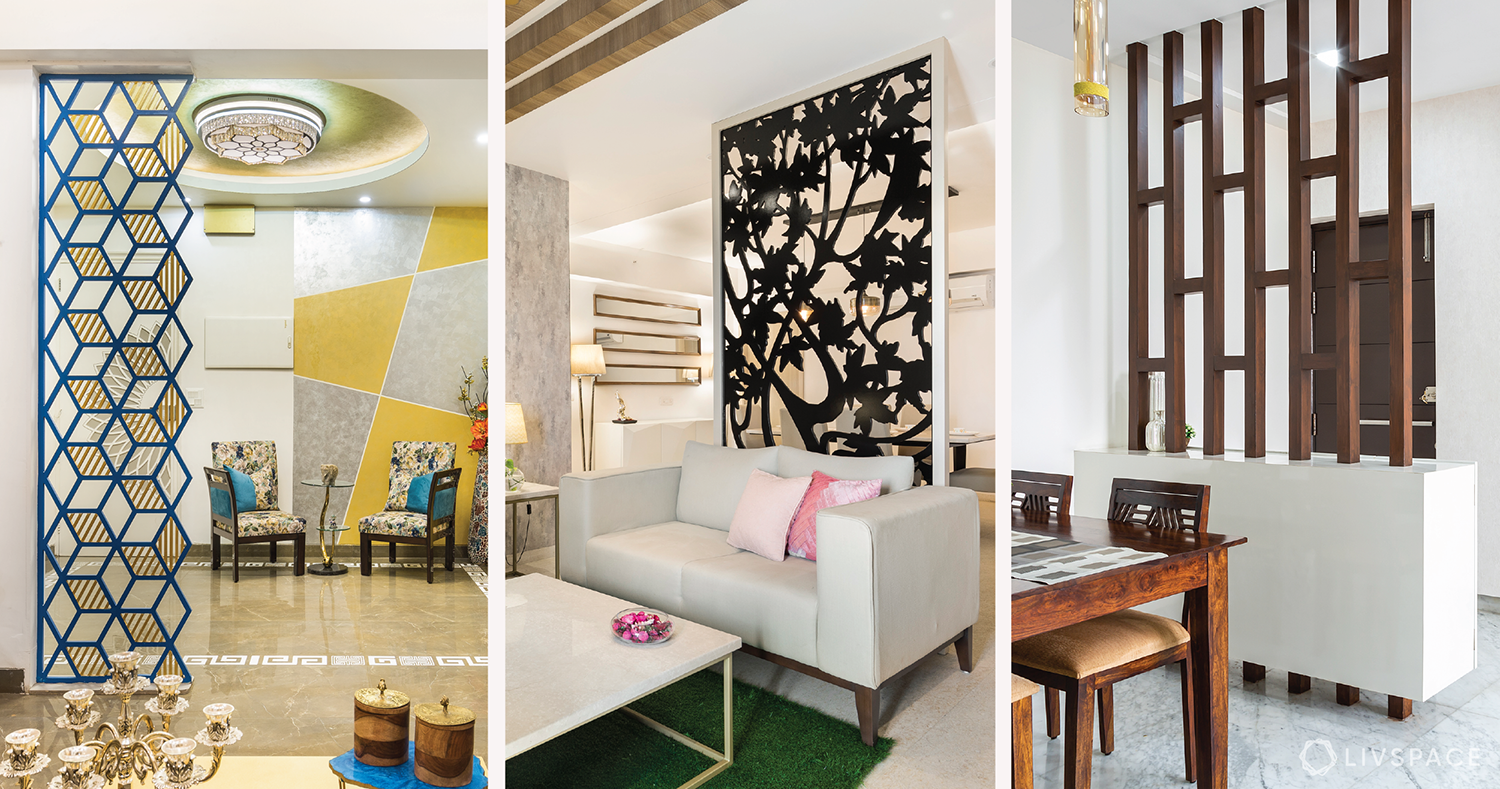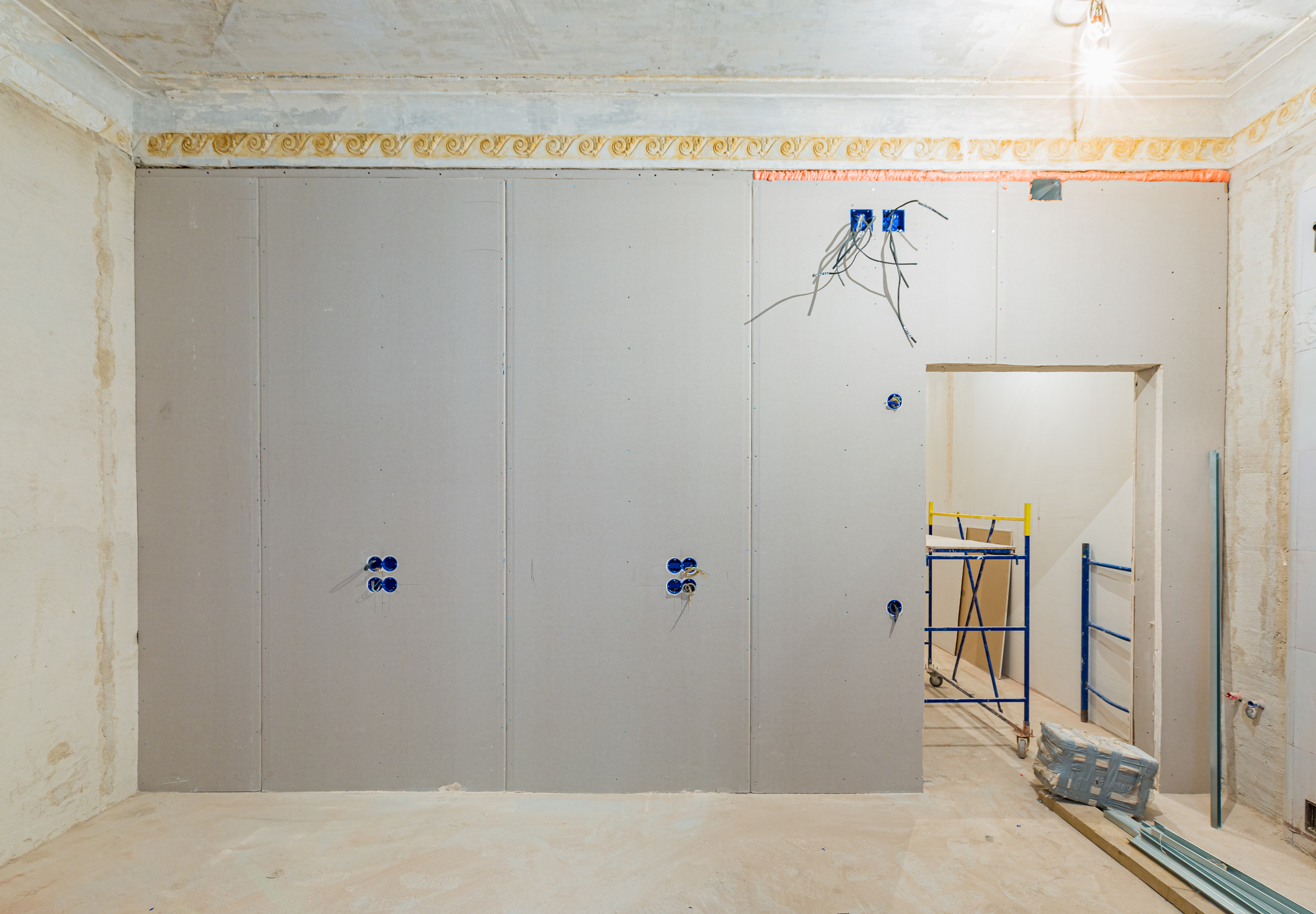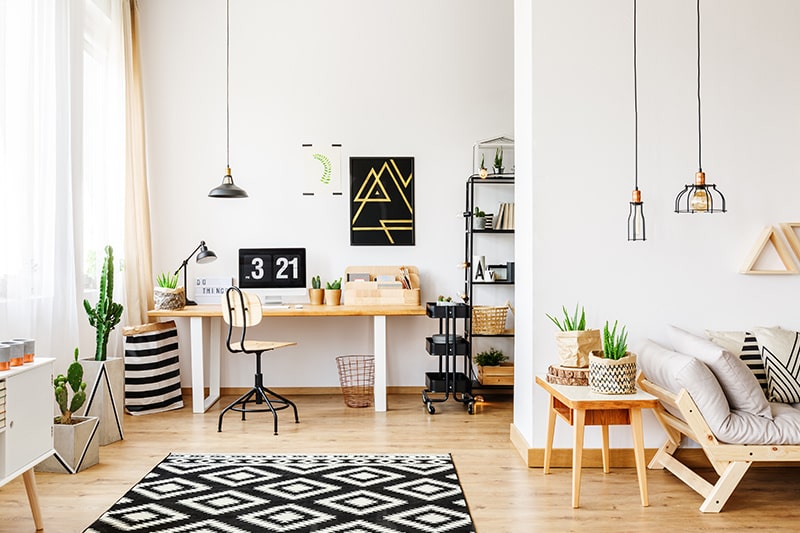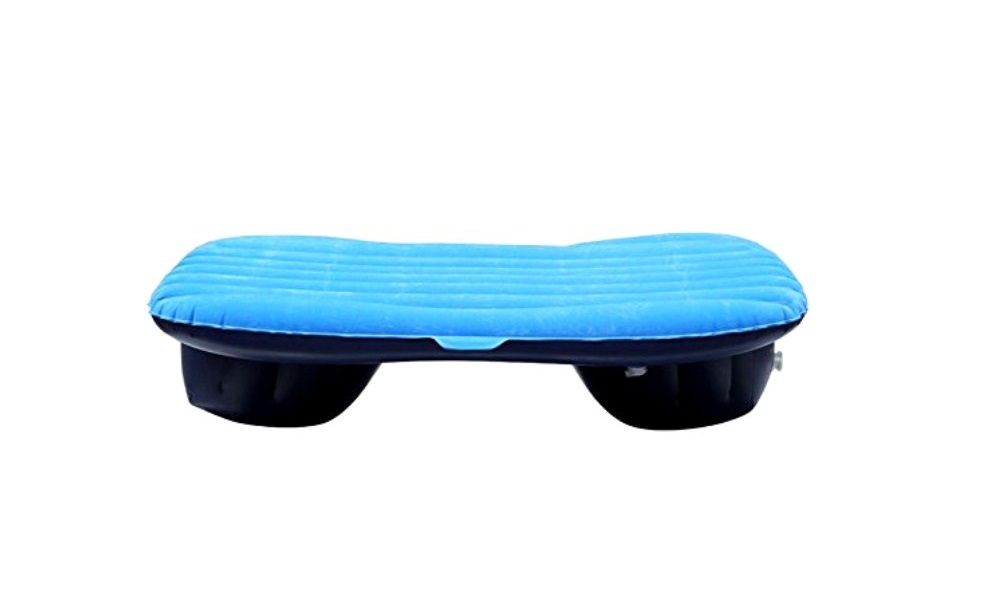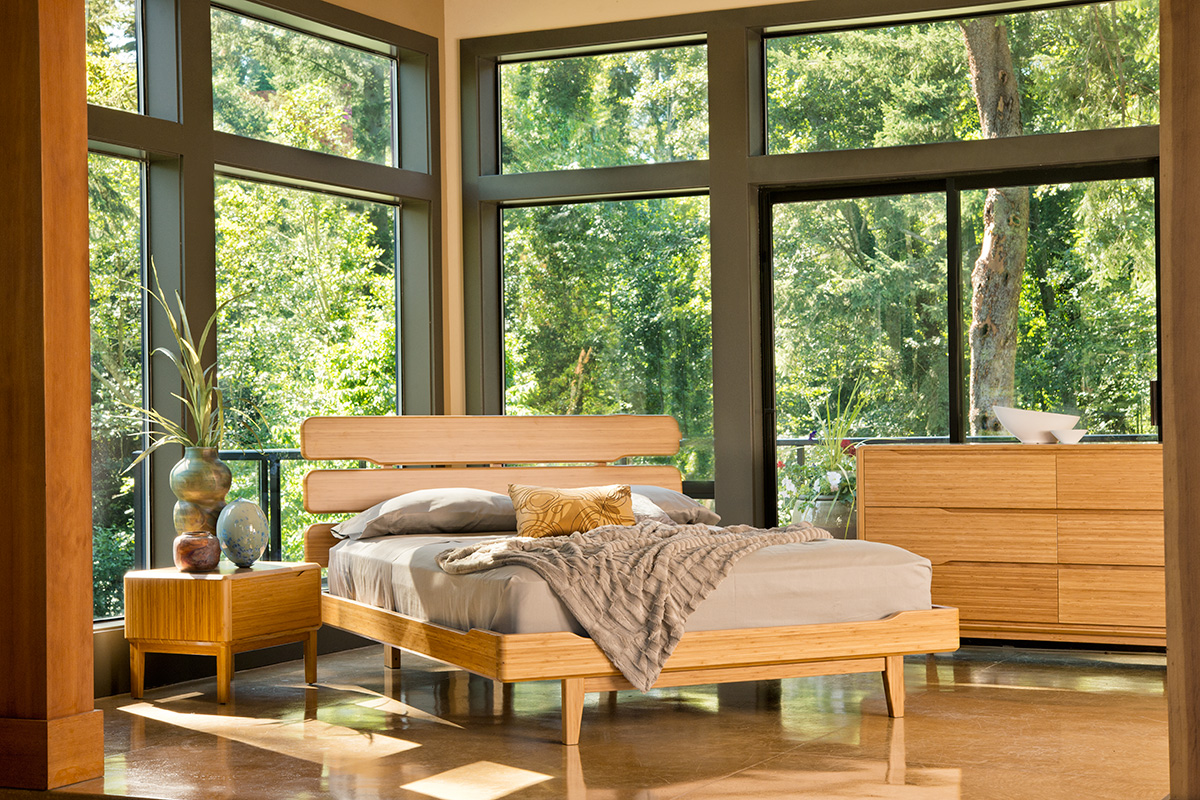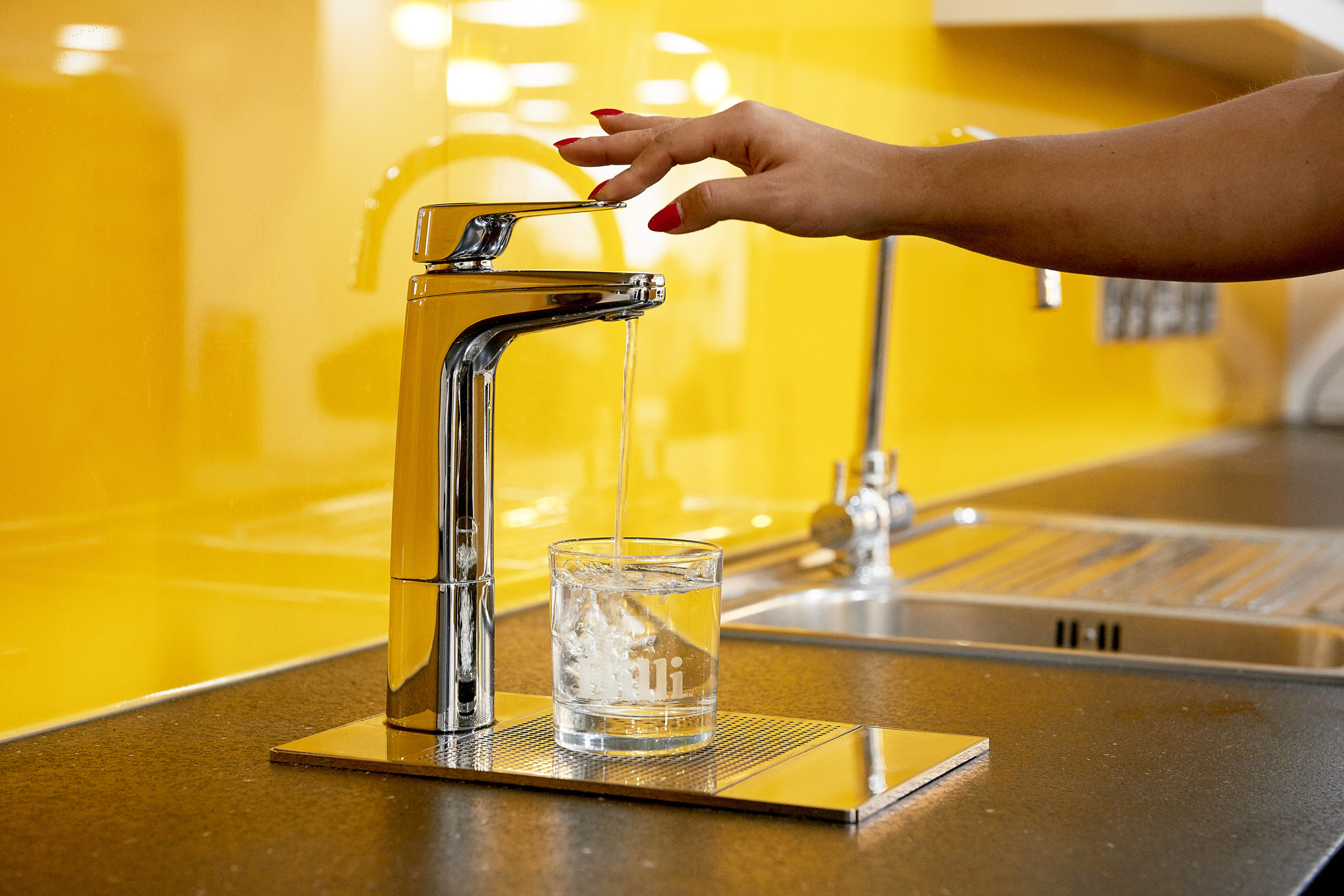If you're looking to create a separate space within your home without building permanent walls, a partition wall is the perfect solution. There are various types of partition walls to choose from, each with their own unique benefits. One popular option is a drywall partition wall, which is made from plasterboard and metal studs. This type of partition wall is easy to install and can be painted or wallpapered to match your existing decor. Another option is a glass partition wall, which adds a modern and elegant touch to any space. The use of glass allows for natural light to flow through, making the room feel more spacious and connected. For a more rustic look, you can opt for a wooden partition wall. This type of wall can be made from reclaimed wood for a sustainable and eco-friendly touch. It also adds warmth and character to a room. Lastly, there are also fabric partition walls, which provide a soft and flexible barrier. These walls are often used in offices or commercial spaces, but can also be a unique addition to a home.1. Types of Partition Walls for Your Home
When selecting a partition wall for your home, it's important to consider the function and aesthetic of the space. For example, if you want to create a sound barrier between your kitchen and dining room, a solid drywall partition wall may be the best choice. If you're looking to add visual separation without completely closing off the space, a glass or fabric partition wall may be a better option. These walls allow for light to pass through and maintain a sense of openness. It's also essential to consider the layout of your home and how a partition wall will affect the flow of the space. For smaller homes, a sliding partition wall can be a great alternative to traditional walls as it can be easily opened or closed depending on your needs.2. How to Choose the Right Partition Wall for Your Space
In recent years, open concept living has become increasingly popular. However, this layout can sometimes lack privacy and separation between different areas of the home. A partition wall is an excellent solution for creating defined spaces while still maintaining an open feel. One idea is to use a combination of glass and wood partition walls to create a sleek and modern look. The glass allows for light to pass through and the wood adds warmth and texture to the space. Another idea is to use plants as a natural partition wall. Not only does this add a touch of greenery to your home, but it also provides a sense of privacy while still allowing for light and air to flow through. If you want to create a more functional separation, consider using a sliding partition wall with shelves. This not only adds a unique design element to your space, but it also provides additional storage and display options.3. Partition Wall Ideas for Open Concept Living
If you're feeling handy and want to save some money, there are several DIY partition wall options that you can try for your home. One simple and cost-effective idea is to use bookshelves as a partition wall. This not only divides the space, but it also provides additional storage for books and decor. You can also use curtains as a partition wall by installing a curtain rod between two walls or ceiling beams. This is a great option for renters or those looking for a temporary solution. For a more permanent DIY option, you can build a wooden partition wall using plywood and studs. This is a great way to add texture and character to a room, and you can customize the design to fit your style.4. DIY Partition Wall Options for Your Home
Sliding doors are a popular choice for partition walls as they provide the flexibility to open or close off a space as needed. They also add a touch of elegance and modernity to a room. There are various types of sliding doors to choose from, including glass, wood, and even metal. You can also opt for frosted or mirrored glass for added privacy. When installing sliding doors as a partition wall, make sure to choose a high-quality track system to ensure smooth and effortless movement. You can also add decorative elements, such as handles or hardware, to enhance the overall look of the doors.5. Creating a Partition Wall with Sliding Doors
Plants not only add beauty and life to a space, but they can also serve as a natural partition wall. This is a great option for those looking for a more eco-friendly and sustainable solution. You can use tall potted plants to create a visual barrier between two areas, or you can hang plants from the ceiling to create a natural divider. For a more unique look, consider using a living wall or vertical garden as a partition wall. In addition to adding privacy, plants also have the added benefit of purifying the air and creating a healthier environment in your home.6. Using Plants as a Natural Partition Wall
A glass partition wall offers many benefits for your home. As mentioned earlier, it allows for natural light to flow through, making the space feel more open and connected. Glass is also a great sound barrier, making it an ideal option for separating noisy areas, such as a kitchen and dining room. Additionally, glass is easy to clean and maintain, making it a practical choice for busy households. Furthermore, glass partition walls are versatile and can be customized to fit any style or aesthetic. You can choose from clear, frosted, or tinted glass to suit your needs and preferences.7. The Benefits of a Glass Partition Wall
For those living in small homes or apartments, creating a sense of space and separation can be a challenge. However, partition walls can be an effective solution for maximizing your space. One design idea is to use a mirrored partition wall. This not only adds the illusion of more space, but it also reflects light and adds brightness to the room. You can also use a combination of open and closed partition walls to create a sense of separation without completely closing off the space. For example, you can install a half-wall with a built-in bookshelf or a glass panel with a wooden frame.8. Partition Wall Designs for Small Spaces
If you're interested in installing a partition wall in your home, it's essential to ensure that it is done correctly and safely. If you're not experienced in home renovation, it's best to hire a professional contractor to do the job for you. However, if you're feeling confident and want to tackle the project yourself, make sure to research proper techniques and safety measures. You will also need to obtain any necessary permits and have a plan in place for electrical and plumbing if needed. It's also crucial to have all the necessary tools and materials before starting the project to avoid any delays or interruptions.9. How to Install a Partition Wall in Your Home
If you have an open floor plan and don't want to install a traditional partition wall, there are still ways to create separation and define different areas of the space. One option is to use area rugs to visually break up the space and create designated areas. You can also use furniture, such as a bookshelf or sofa, to create a physical barrier between rooms. Another alternative is to use different flooring materials to distinguish between areas. For example, you can use hardwood flooring in the living room and tile in the kitchen to create a subtle separation. In conclusion, a partition wall is a versatile and practical solution for creating defined spaces within your home. With various types, designs, and DIY options available, you can find the perfect partition wall for your space and style. Make sure to consider the function and aesthetic of the space before making your decision, and don't be afraid to get creative with the design. With the right partition wall, you can add both functionality and beauty to your home.10. Partition Wall Alternatives for an Open Floor Plan
Partition Wall: The Perfect Solution for Separating Your Kitchen and Dining Room

Why a Partition Wall is Necessary
 When designing a house, one important aspect to consider is the layout of the different areas. The kitchen and dining room are two essential spaces in any home, and their functionality and flow can greatly impact the overall experience of living in the house. This is where a partition wall comes in. A partition wall is a vertical divider that separates two rooms, creating distinct spaces while maintaining an open and connected feel. With the rise of open floor plans, partition walls have become a popular choice for homeowners looking to achieve a balance of privacy and openness in their living space.
When designing a house, one important aspect to consider is the layout of the different areas. The kitchen and dining room are two essential spaces in any home, and their functionality and flow can greatly impact the overall experience of living in the house. This is where a partition wall comes in. A partition wall is a vertical divider that separates two rooms, creating distinct spaces while maintaining an open and connected feel. With the rise of open floor plans, partition walls have become a popular choice for homeowners looking to achieve a balance of privacy and openness in their living space.
The Benefits of a Partition Wall
 A partition wall between the kitchen and dining room offers numerous benefits. The first and most obvious advantage is the separation of the two areas, providing a clear distinction between cooking and dining spaces. This not only helps with organization and functionality but also allows for easier cleaning and maintenance. Additionally, a partition wall can also serve as a sound barrier, reducing noise from the kitchen while enjoying a meal in the dining room.
Another benefit of a partition wall is its versatility. It can be designed to fit the style and aesthetic of the house, whether it be modern, traditional, or industrial. The wall can also serve as a design element, with options such as glass windows or shelves to display decorative items or houseplants. This adds a touch of personality and character to the space while still maintaining its functionality.
A partition wall between the kitchen and dining room offers numerous benefits. The first and most obvious advantage is the separation of the two areas, providing a clear distinction between cooking and dining spaces. This not only helps with organization and functionality but also allows for easier cleaning and maintenance. Additionally, a partition wall can also serve as a sound barrier, reducing noise from the kitchen while enjoying a meal in the dining room.
Another benefit of a partition wall is its versatility. It can be designed to fit the style and aesthetic of the house, whether it be modern, traditional, or industrial. The wall can also serve as a design element, with options such as glass windows or shelves to display decorative items or houseplants. This adds a touch of personality and character to the space while still maintaining its functionality.
The Perfect Solution for Small Spaces
 For smaller homes or apartments, a partition wall is an ideal solution for creating a sense of space and separation without sacrificing square footage. By incorporating a partition wall, you can still have an open concept design while creating designated areas for cooking and dining. This is especially useful for those who entertain frequently, as it allows for a more intimate dining experience while still being connected to the kitchen.
In conclusion, a partition wall between the kitchen and dining room is a practical and stylish solution for any house design. It offers a multitude of benefits, including separation, sound control, and versatility, making it a popular choice among homeowners. So if you're looking to add a touch of functionality and design to your living space, consider incorporating a partition wall into your house design.
For smaller homes or apartments, a partition wall is an ideal solution for creating a sense of space and separation without sacrificing square footage. By incorporating a partition wall, you can still have an open concept design while creating designated areas for cooking and dining. This is especially useful for those who entertain frequently, as it allows for a more intimate dining experience while still being connected to the kitchen.
In conclusion, a partition wall between the kitchen and dining room is a practical and stylish solution for any house design. It offers a multitude of benefits, including separation, sound control, and versatility, making it a popular choice among homeowners. So if you're looking to add a touch of functionality and design to your living space, consider incorporating a partition wall into your house design.












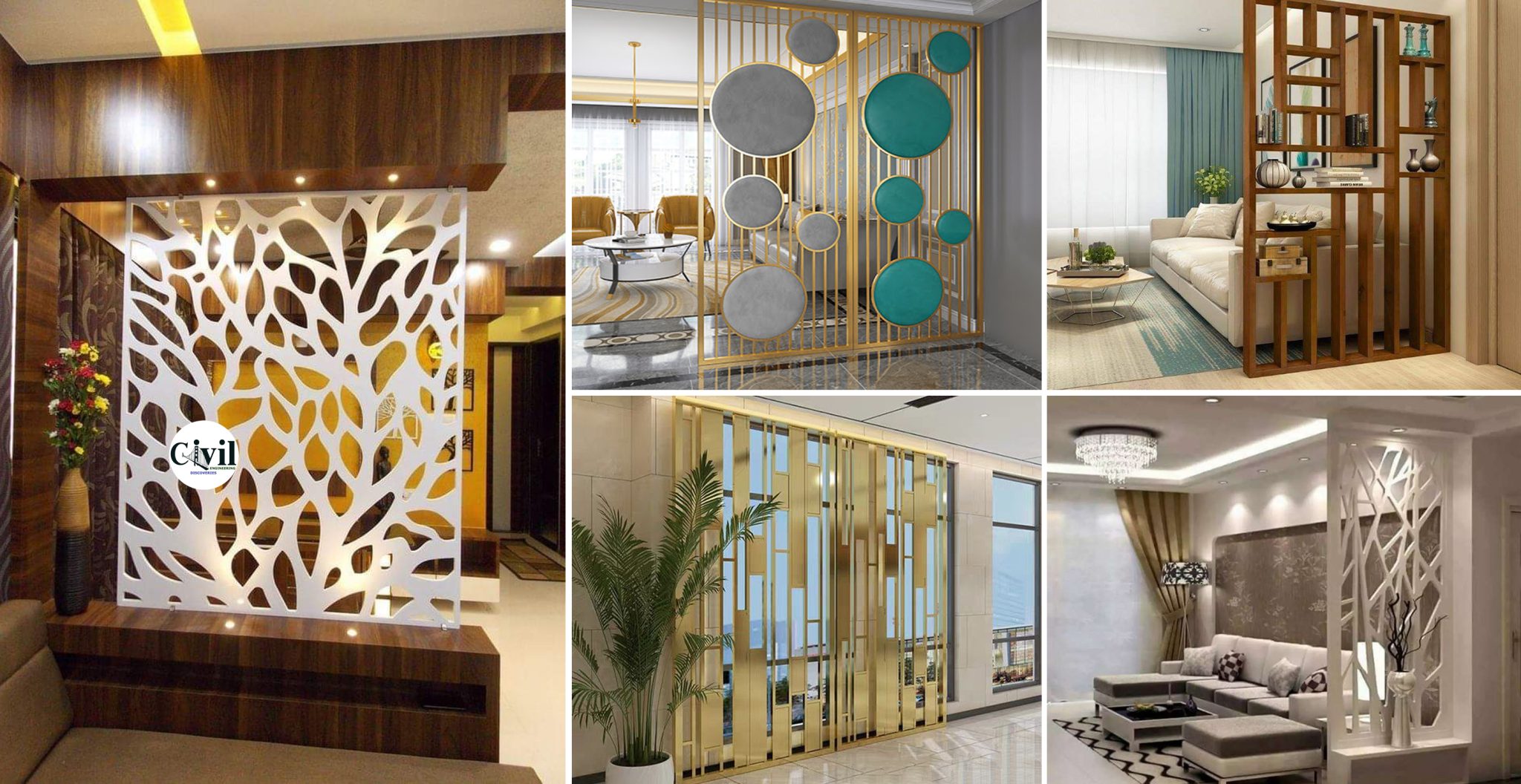

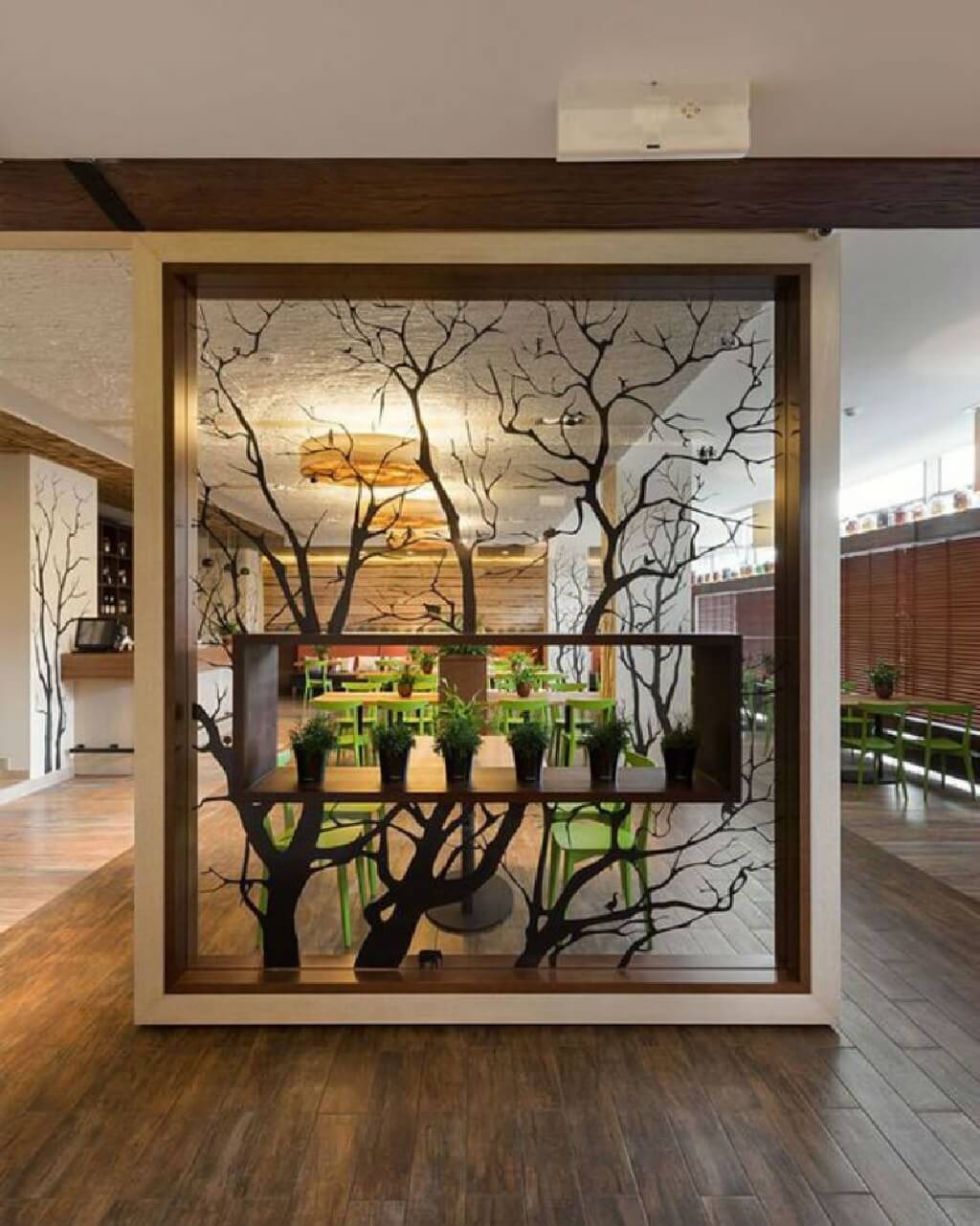
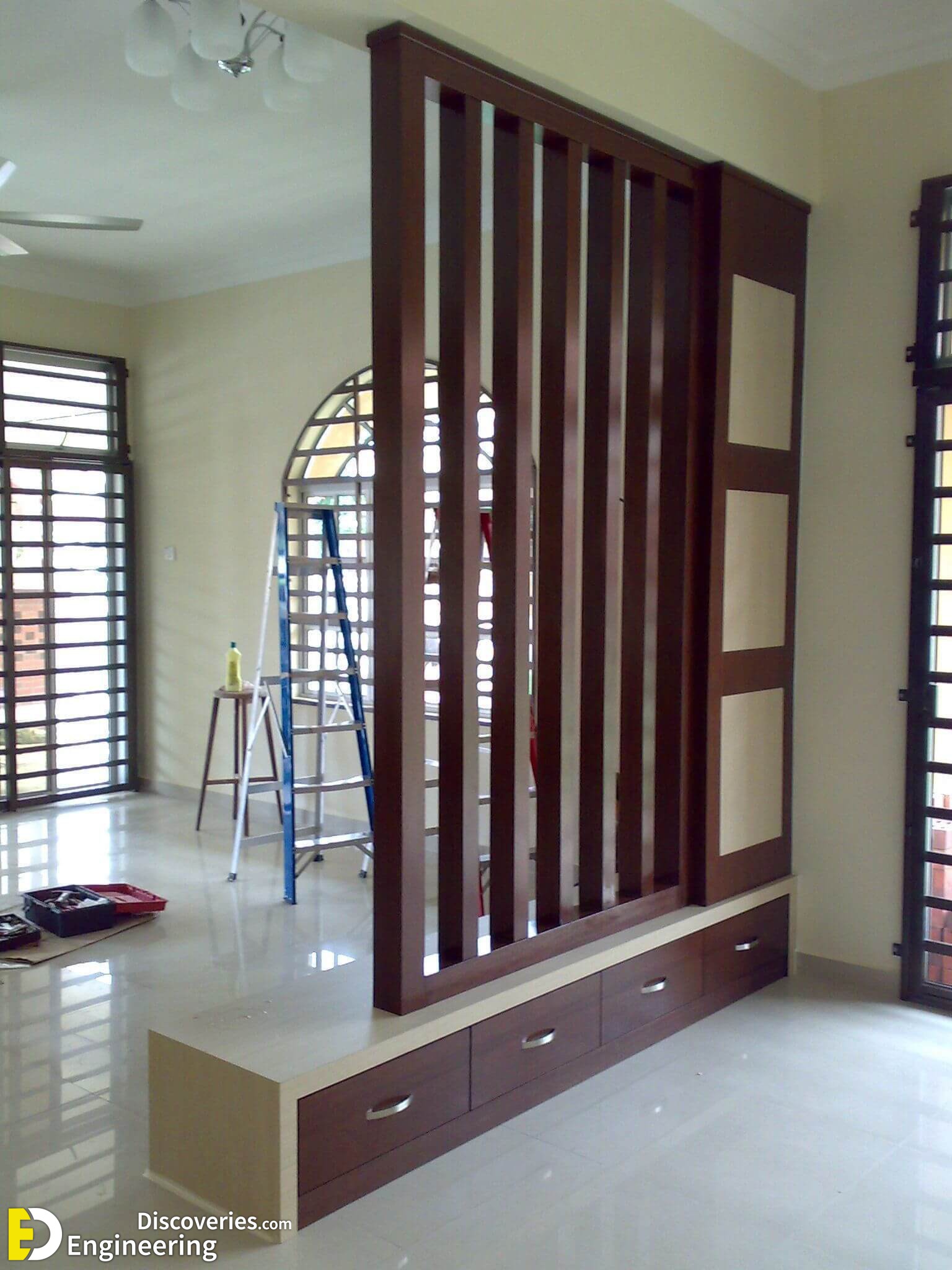
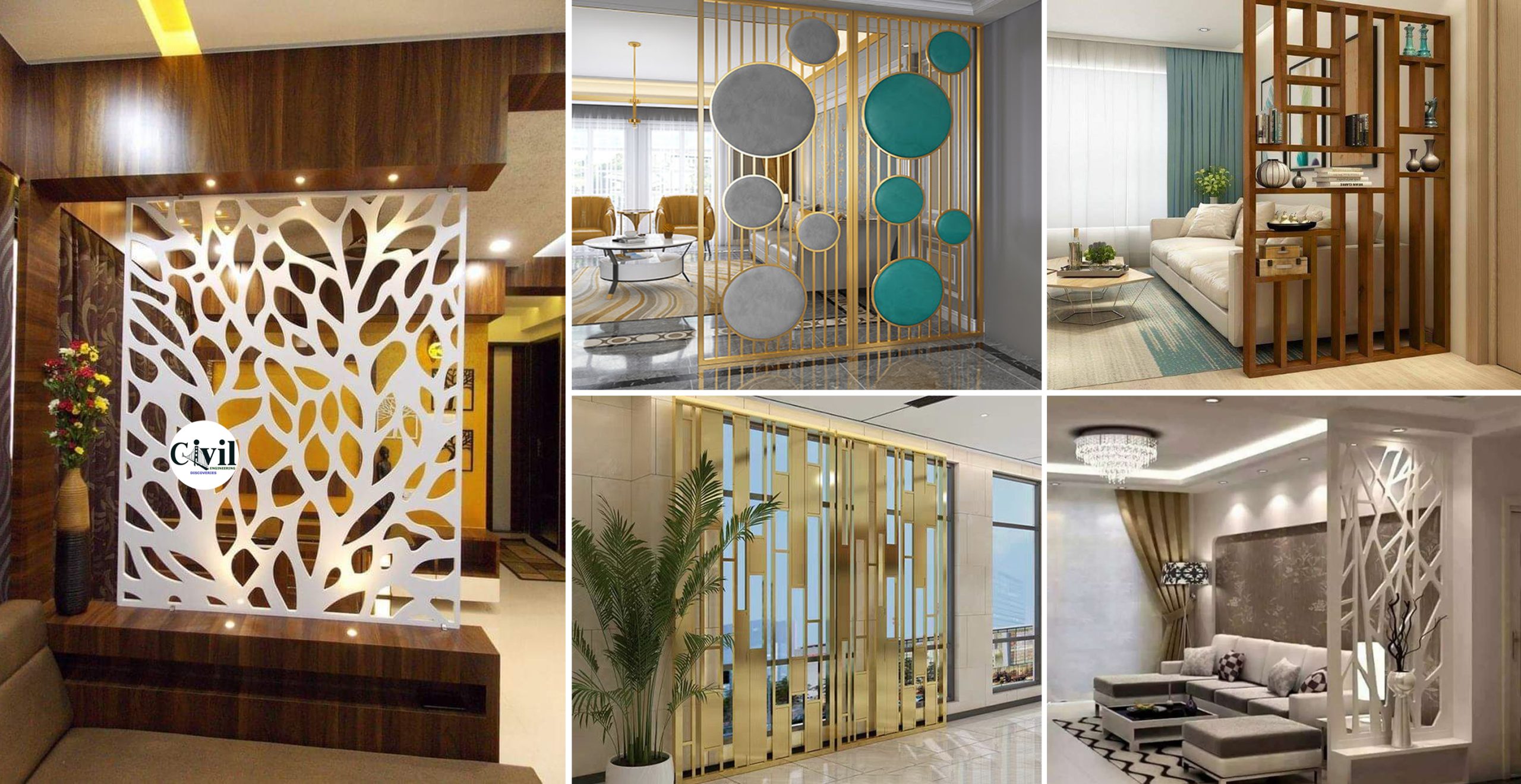
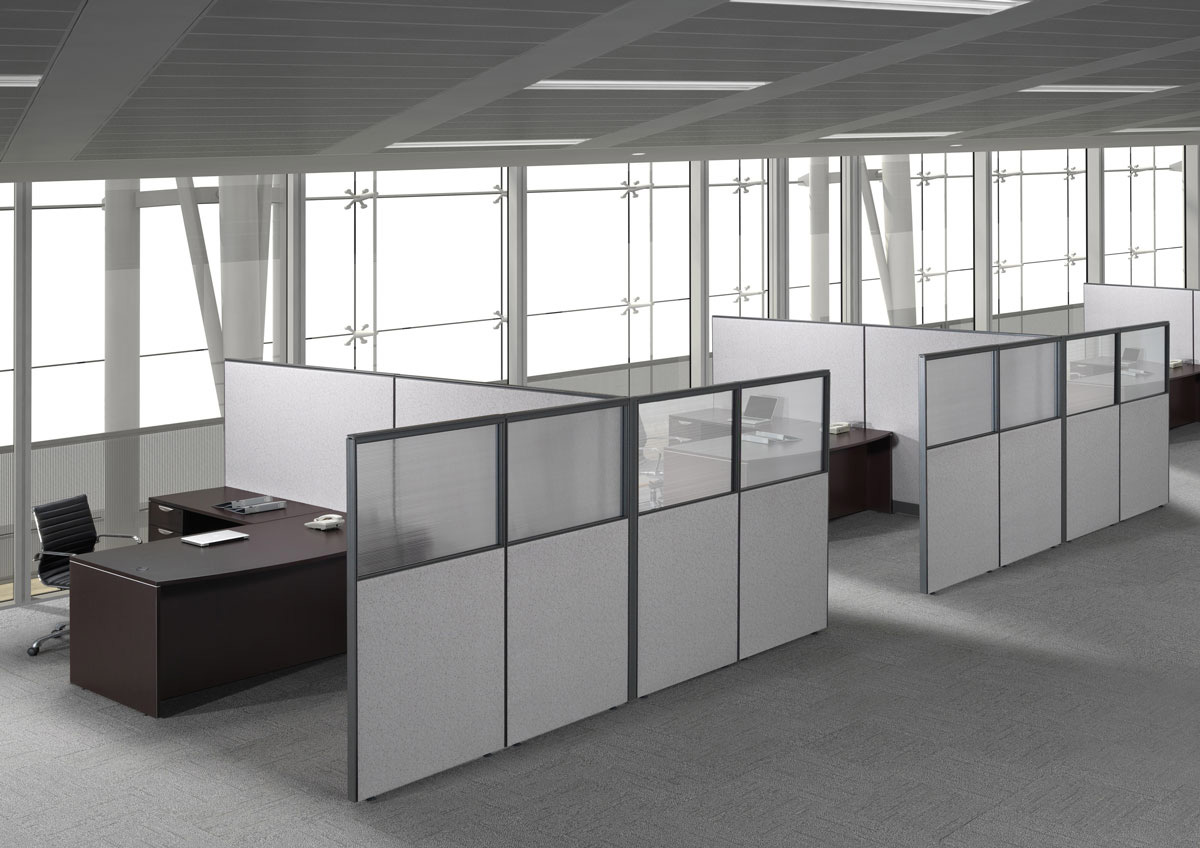


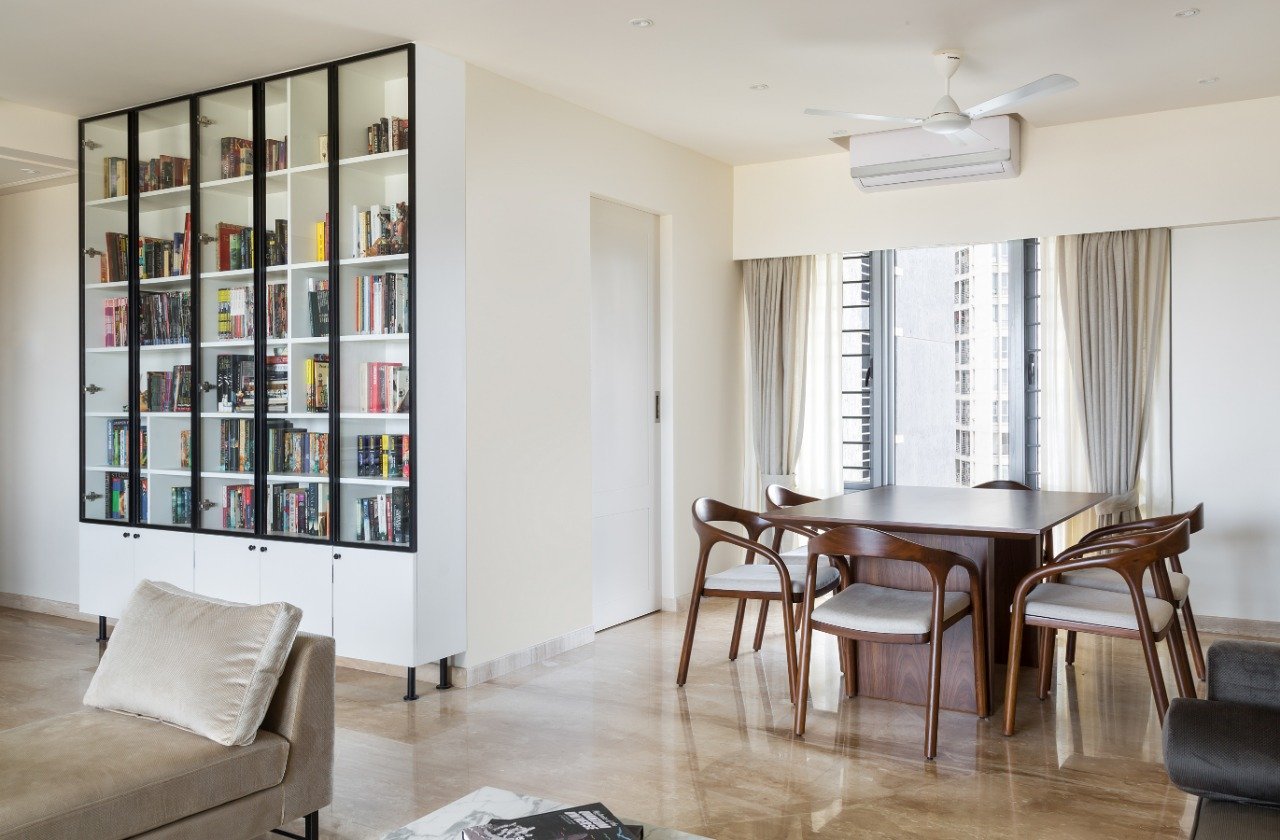

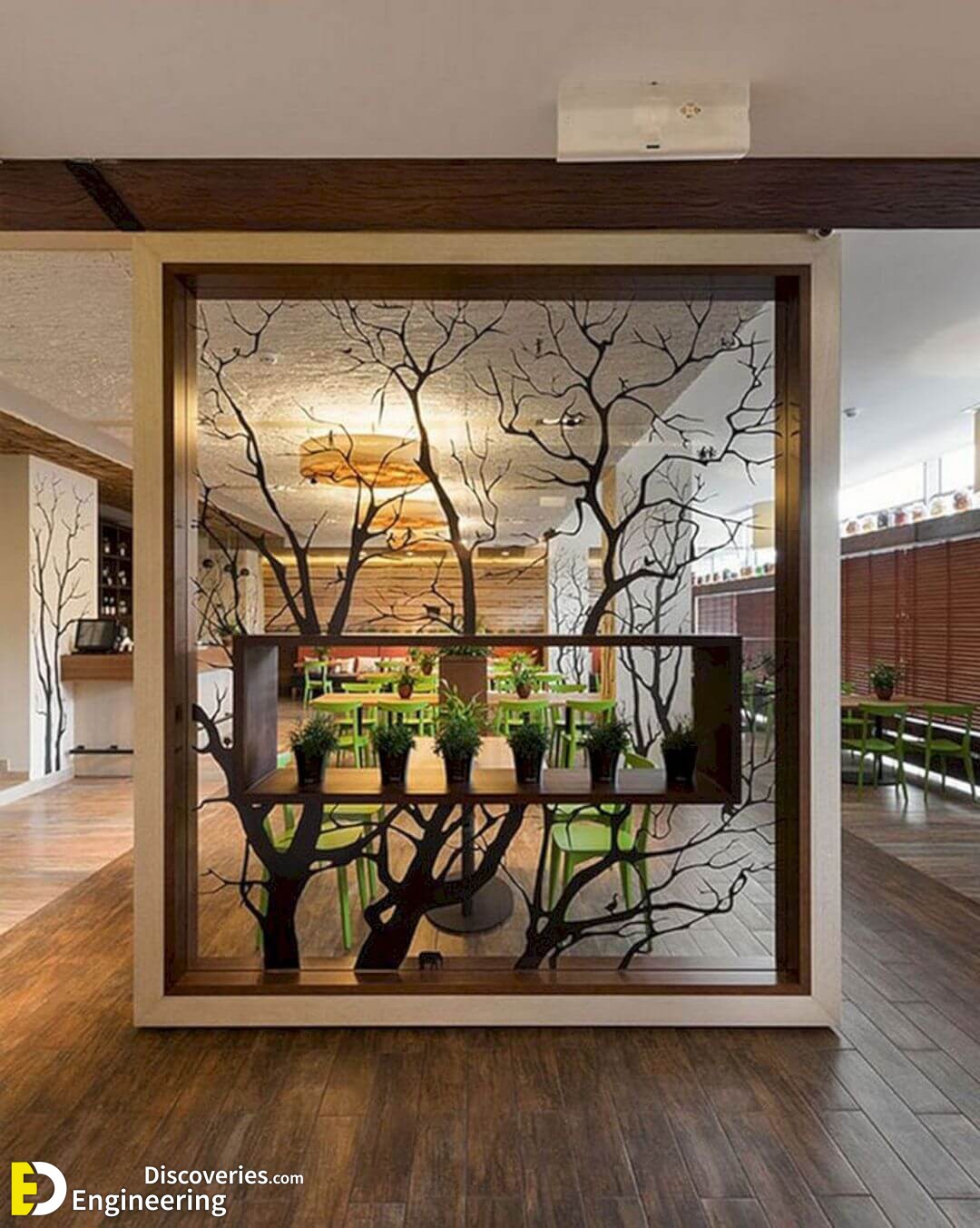


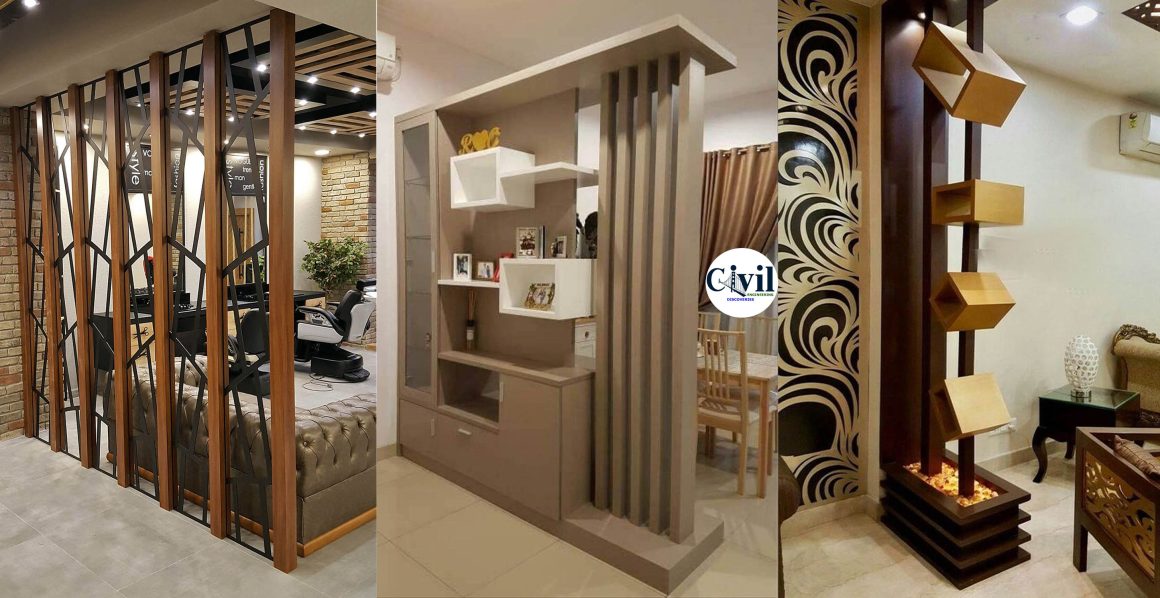



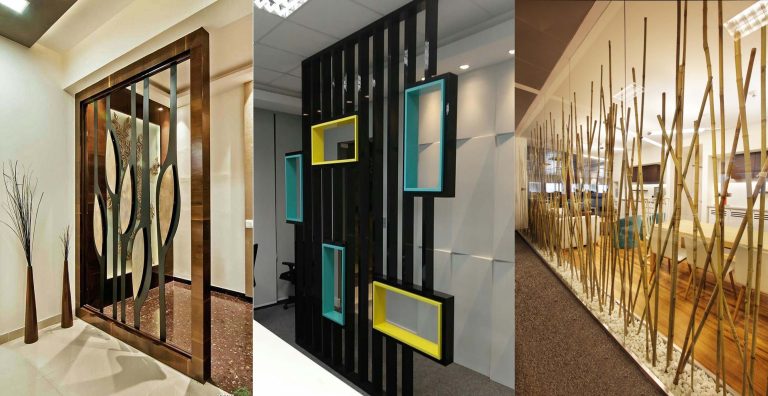


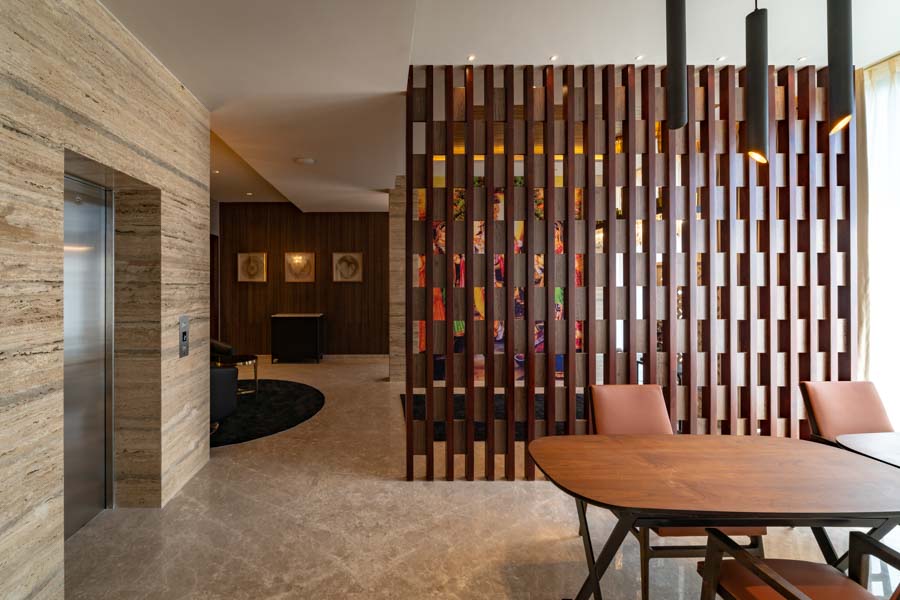


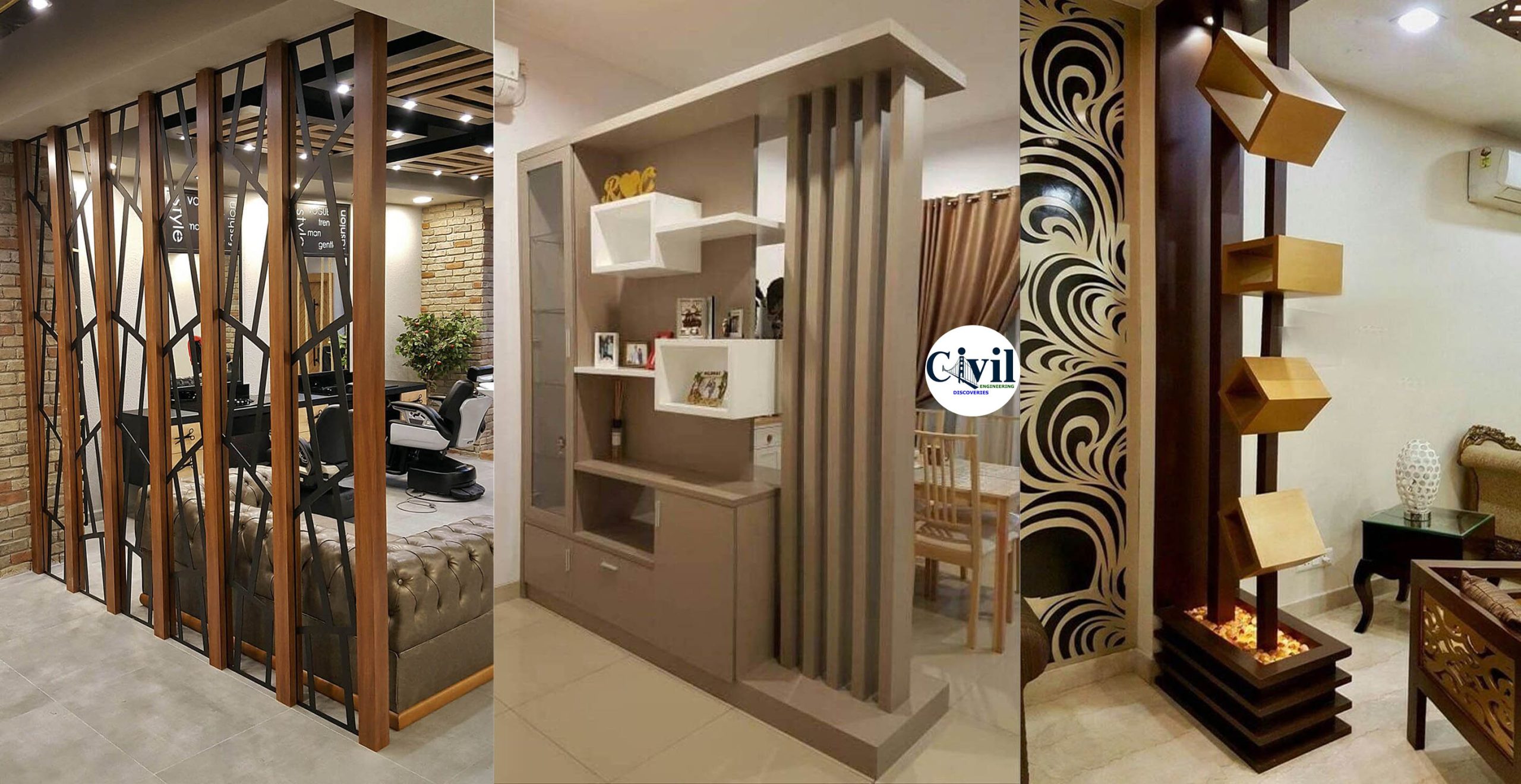



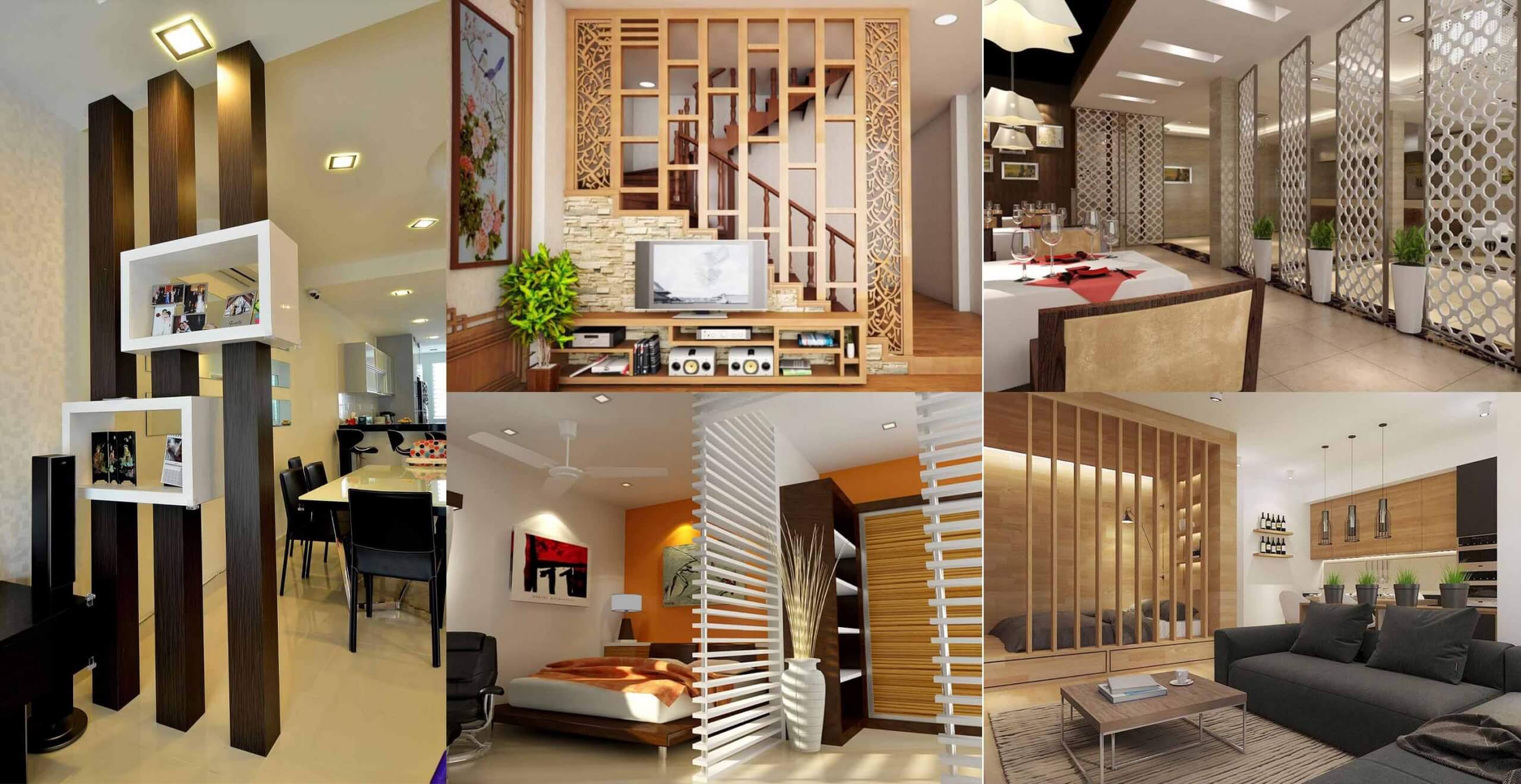





















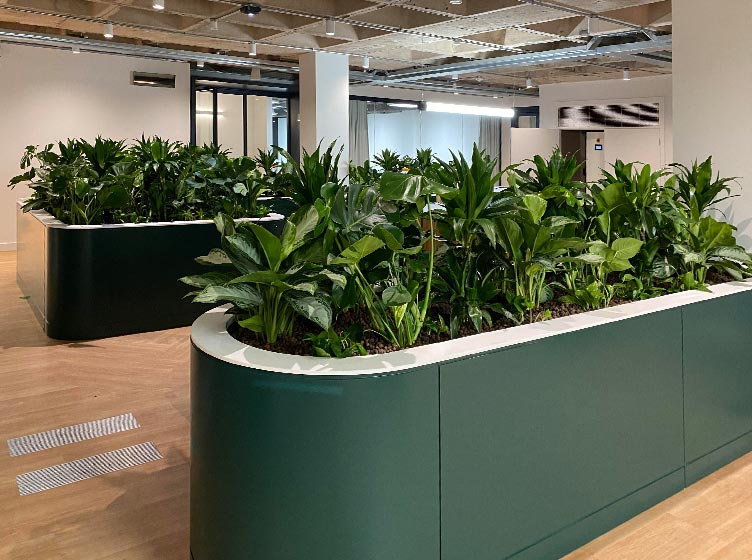
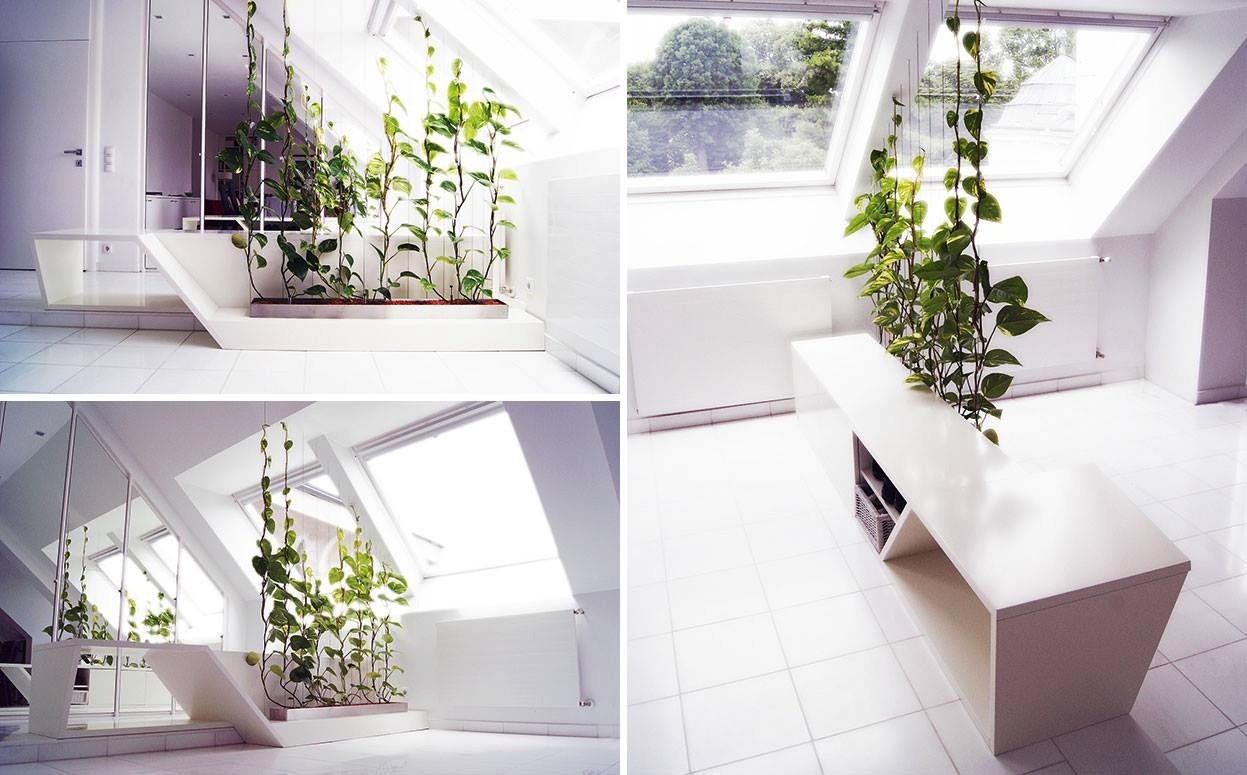
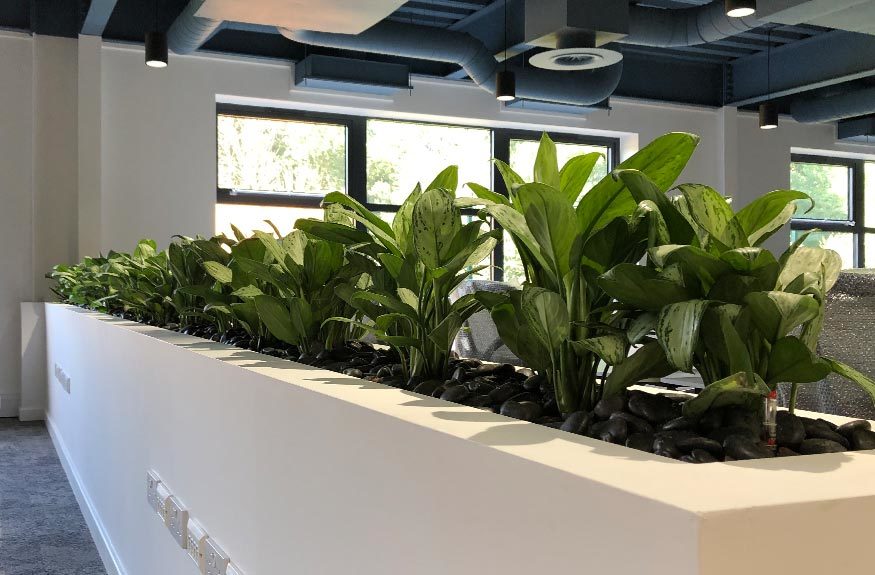
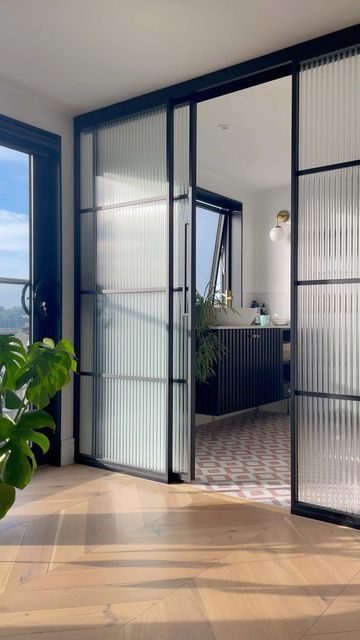


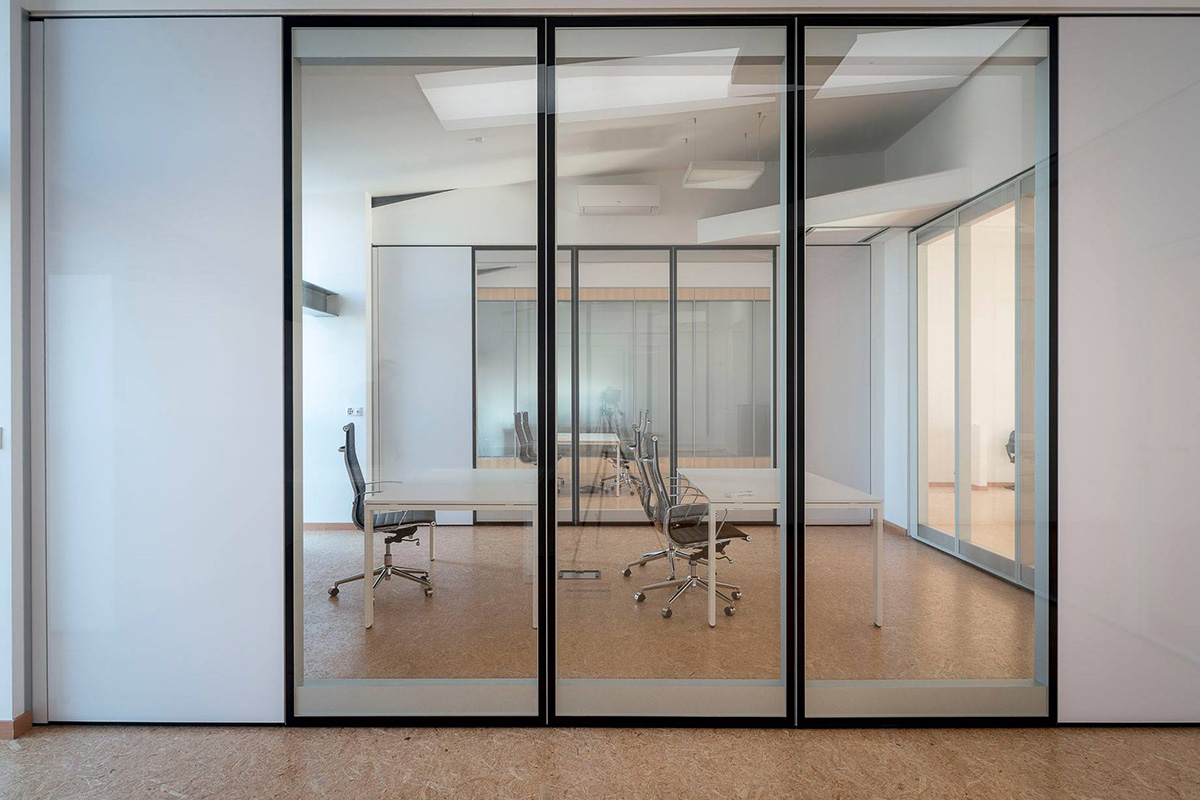
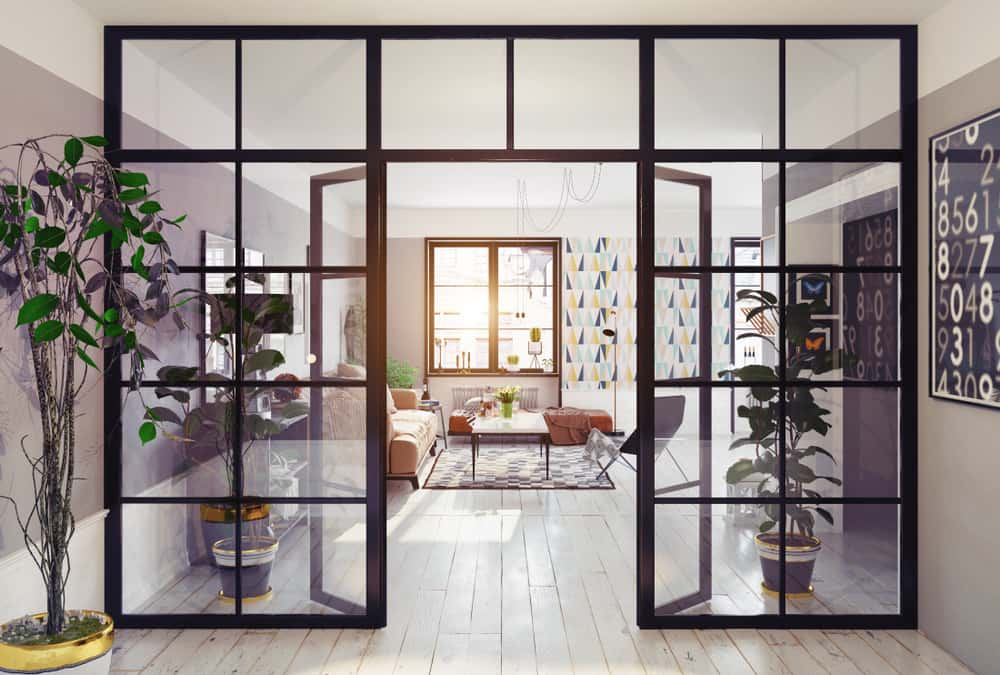
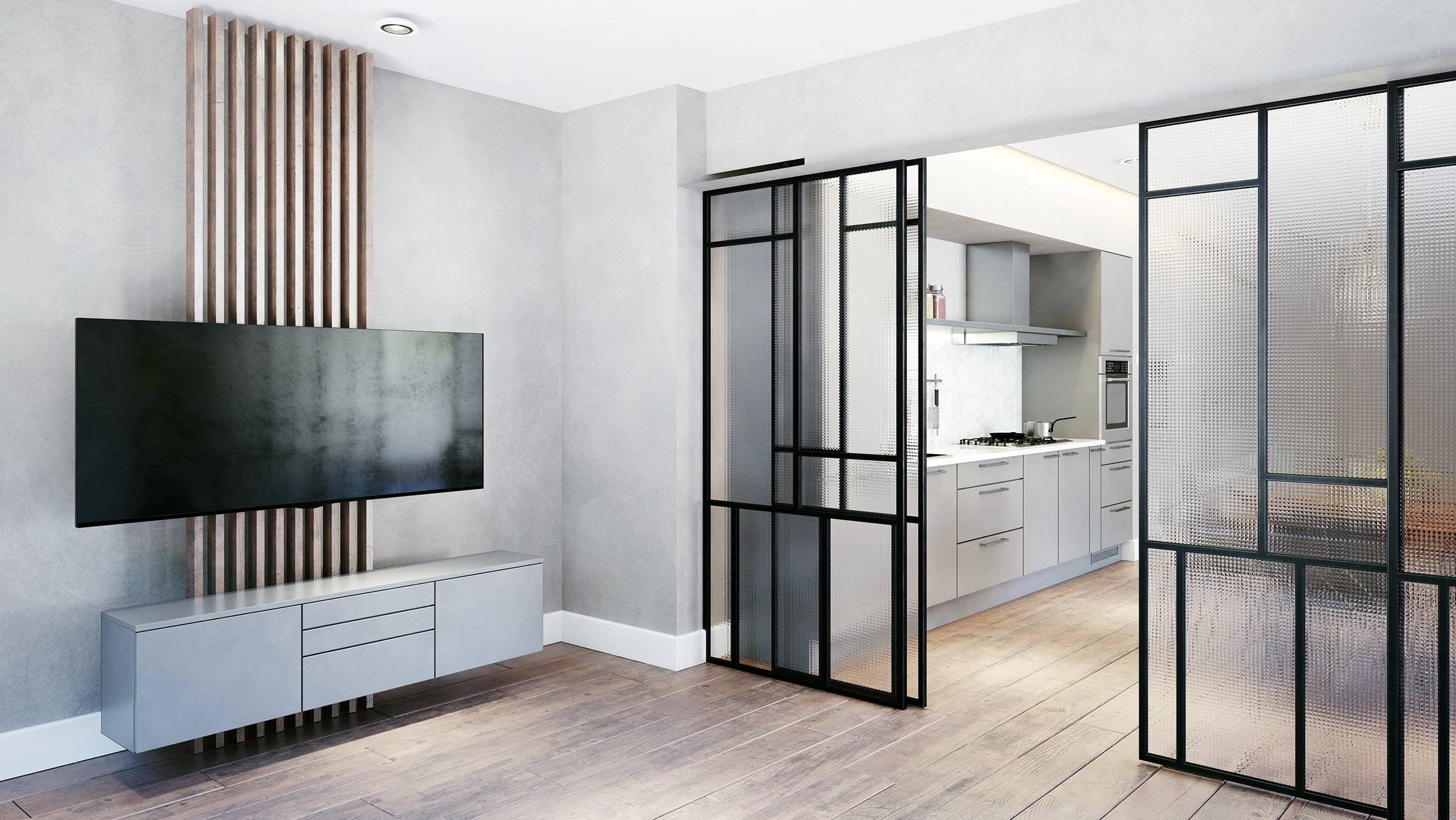

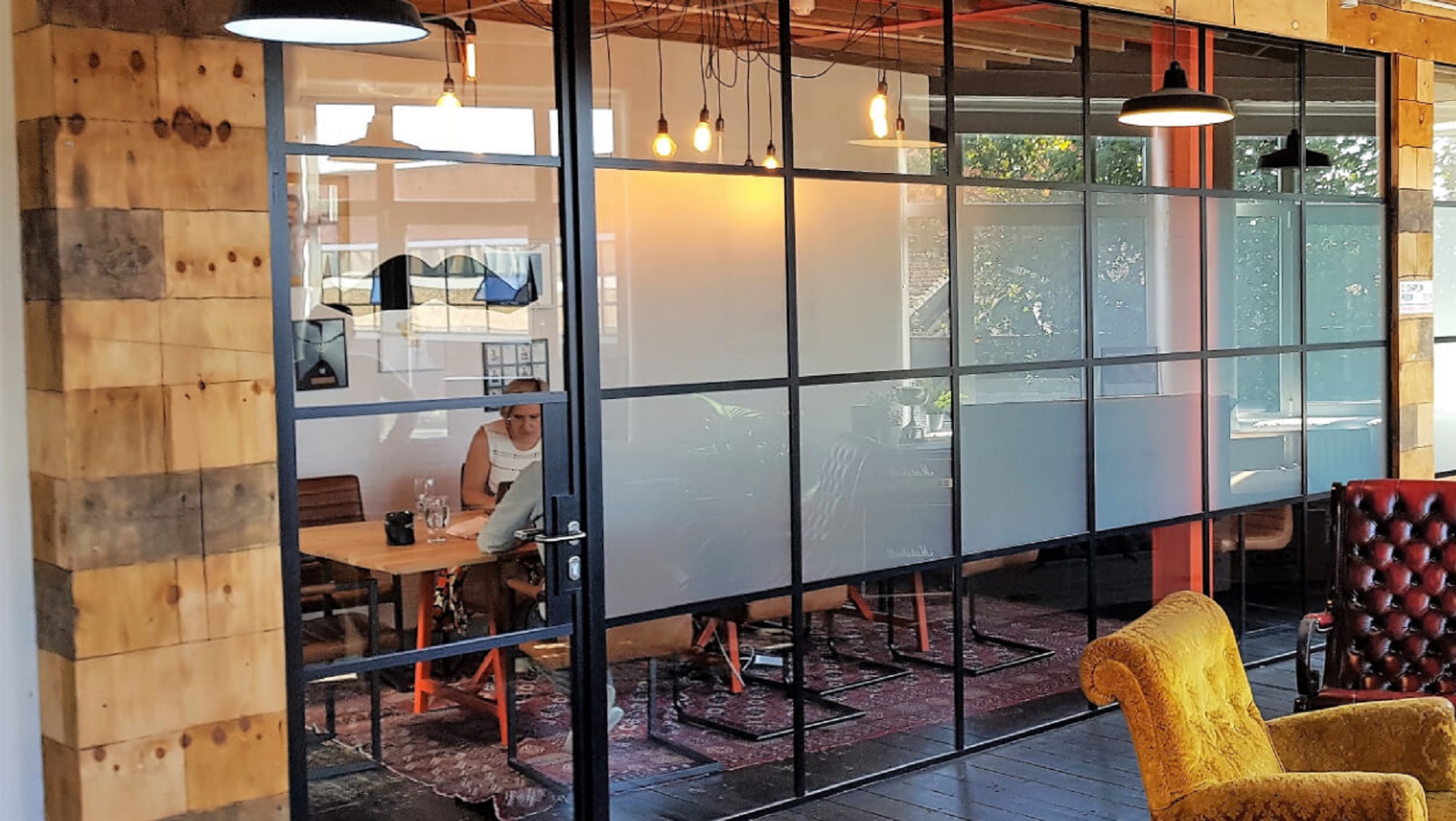






.jpg)

